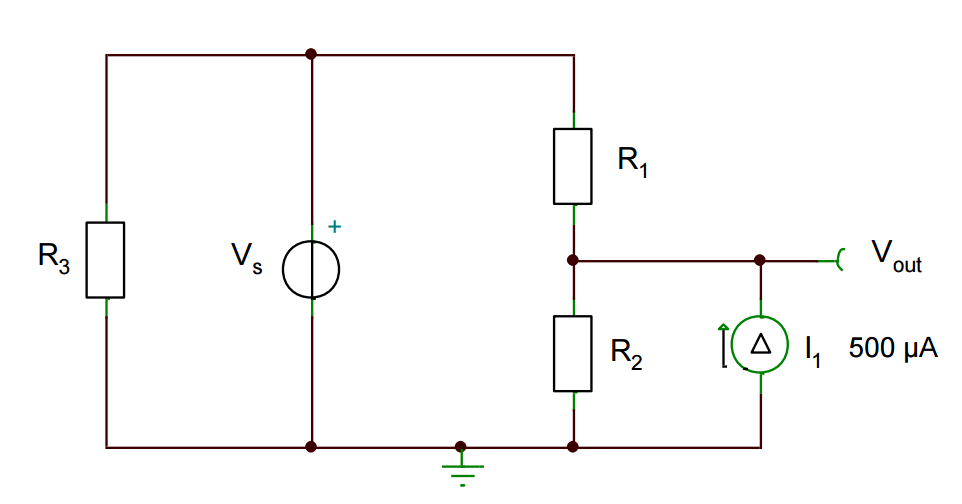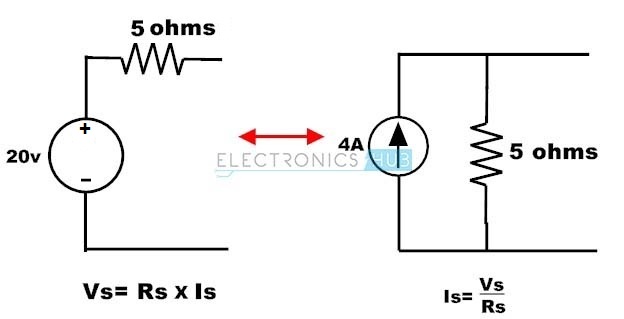A quick method for this would be to create a Norton equivalent circuit. R3 is in parallel with Vs so R3 has no affect on the solution of Vo, only the total current drawn from Vs.
Vs and R2 make up your Thevenin equivalent circuit. You can convert the Vs and R2 into a current source and resistance in parallel.

simulate this circuit – Schematic created using CircuitLab
Calculation is simply find the parallel resistance of R1 and R2 and use ohms law to calculate the voltage drop across the paralleled resistors where the current is the sum of I1 and your Norton current source.
OR use mesh analysis:

simulate this circuit
Using mesh analysis you can calculate Vo, which is the voltage across R3.







